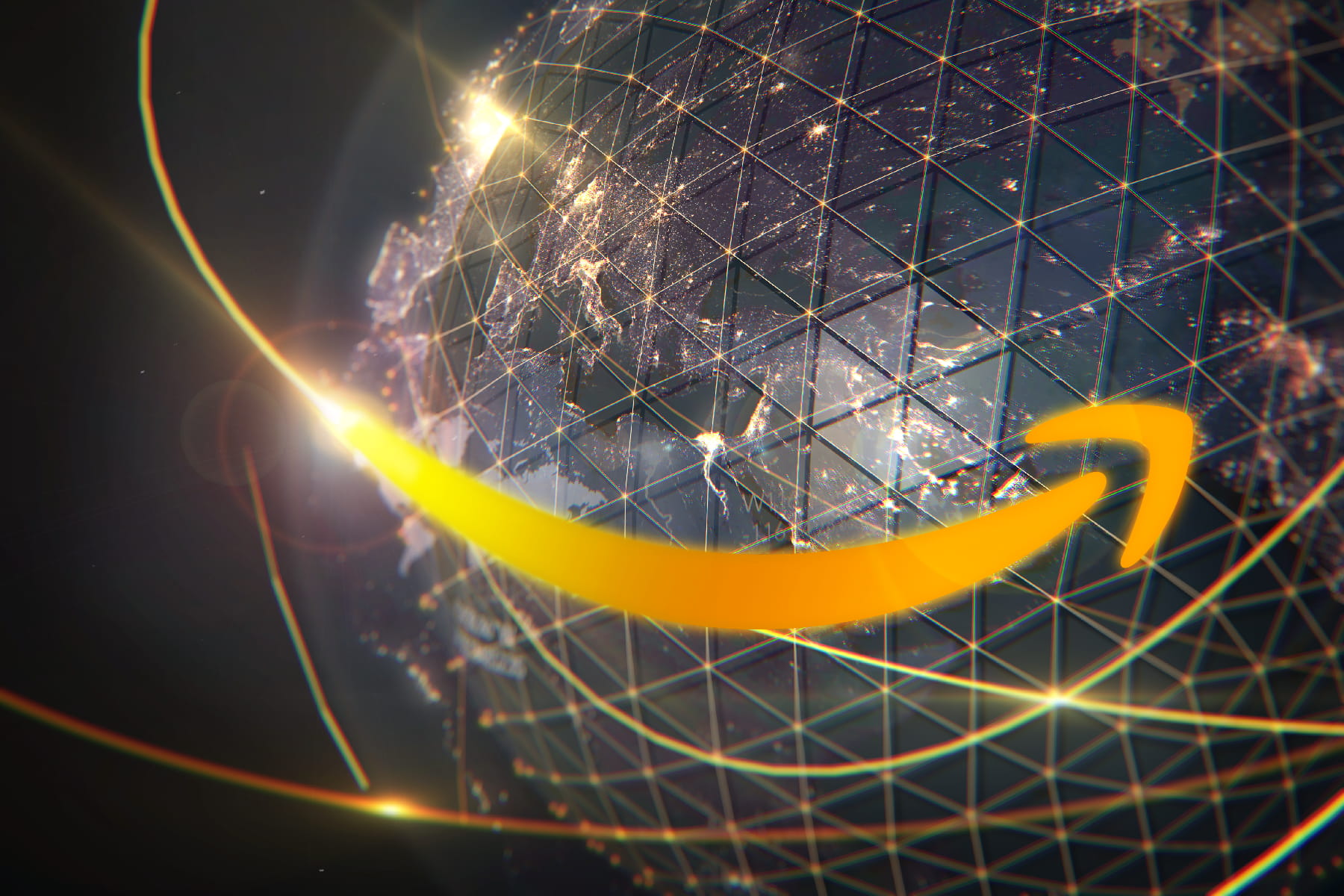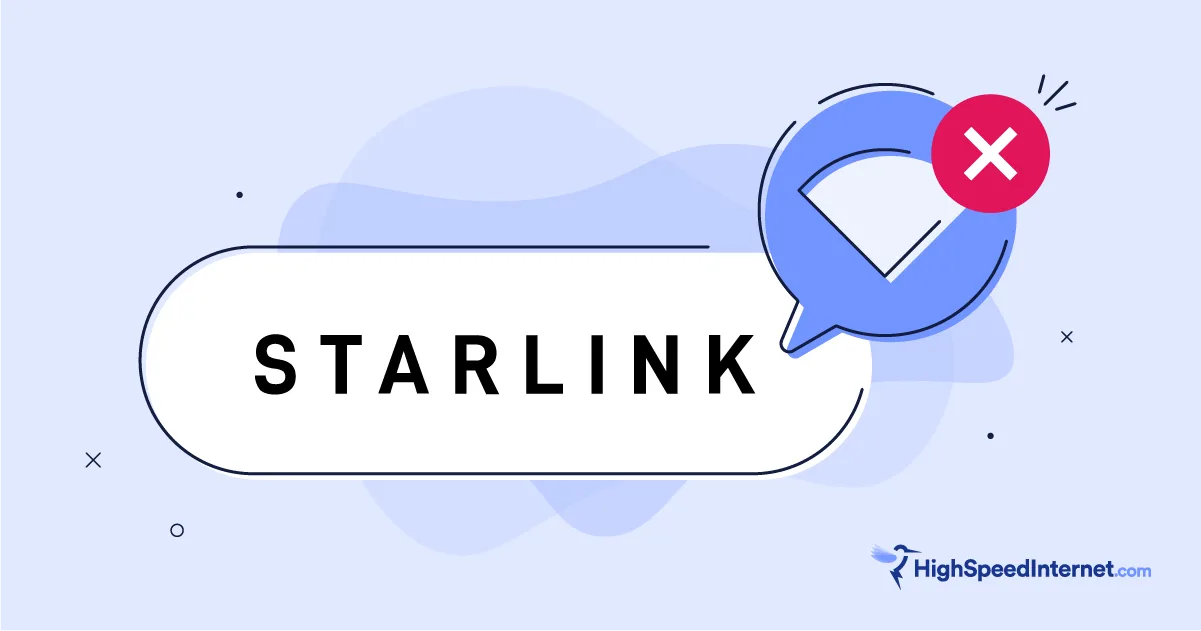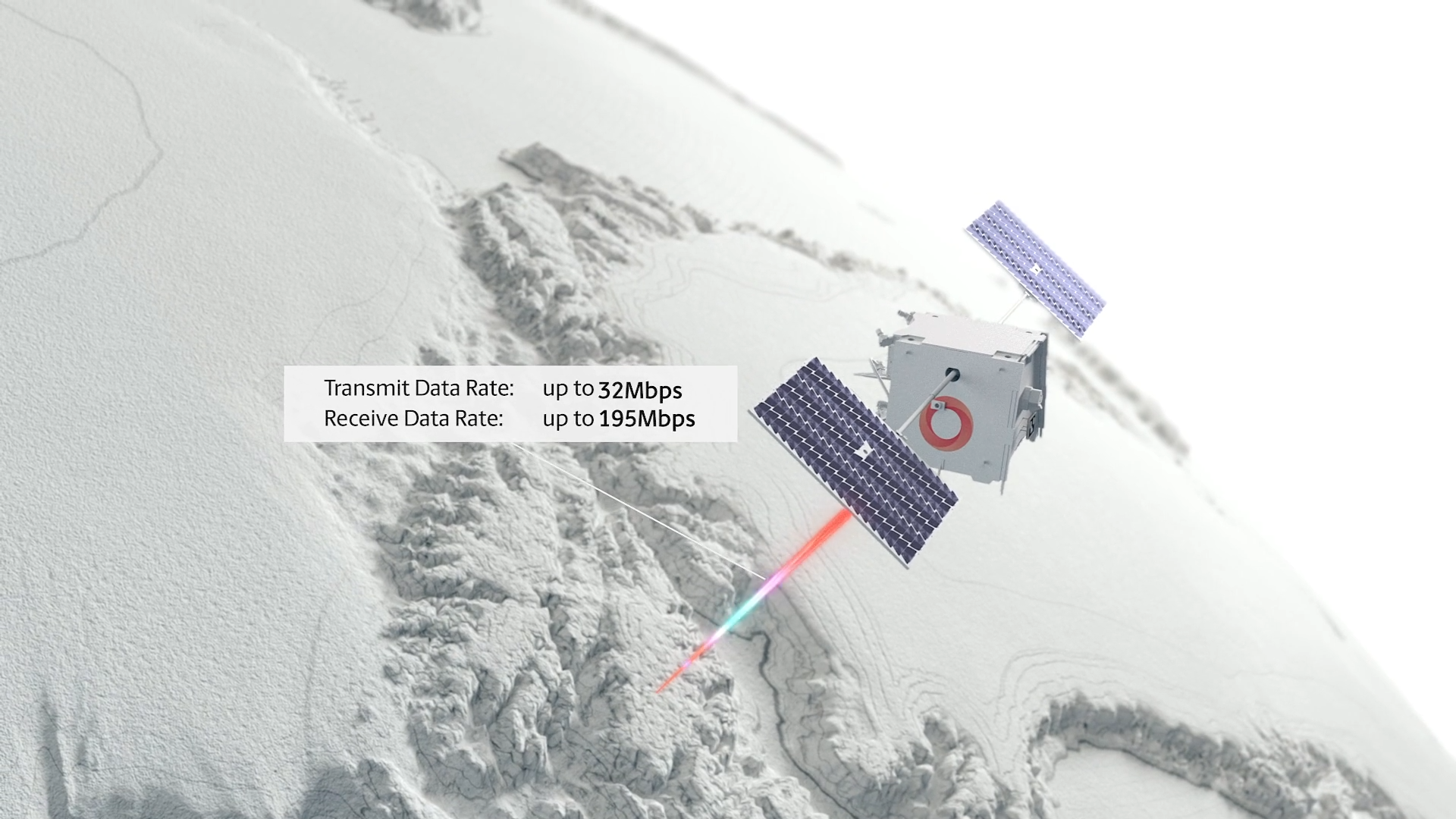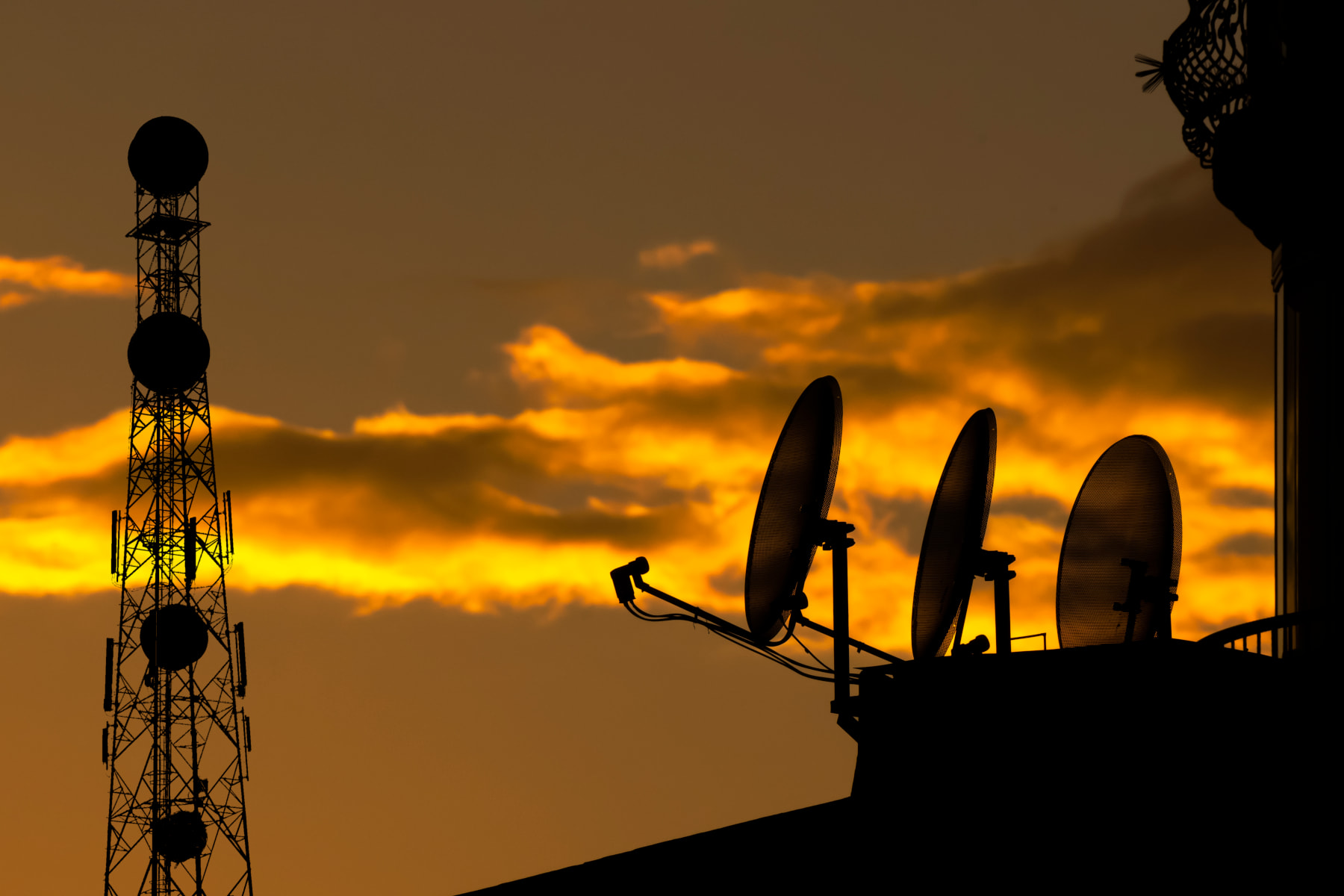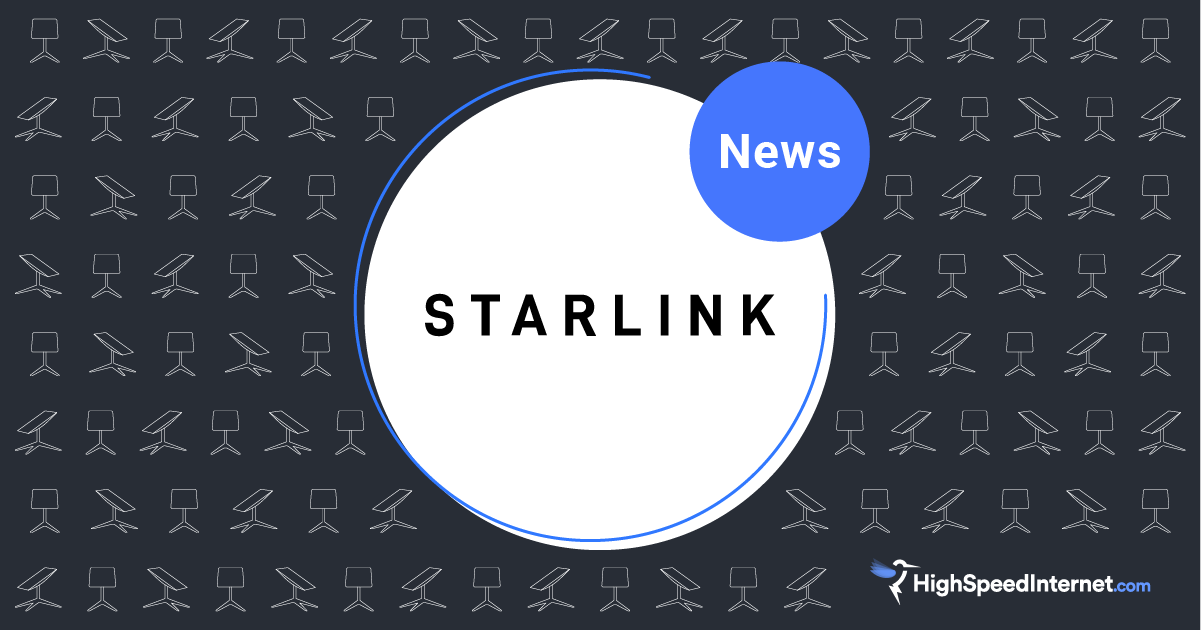Fastest Internet Providers 2021
Aug 20, 2021 | Share
Brand Guides, Internet Speed Guides
-
Fastest overall
- Fastest fiber-optic speeds in the United States
- No price hikes on packages
- Very limited availability
- Avg. download speed: 160.5 Mbps
- Max advertised speeds: 2,000 Mbps
- Prices: $70.00–$100.00mo.
-
Most nationwide availability
- Fastest internet provider with the largest US coverage
- Wide range of prices and plans
- Data caps on all plans (including gigabit)
- Avg. download speed: 131.6 Mbps
- Max advertised speeds: 2,000 Mbps
- Prices: $24.00–$299.95/mo.
-
Widest fiber availability
- Largest fiber network in the country
- Lower prices for fast speeds
- Expensive gigabit plan
- Avg. download speed: 138.0 Mbps
- Max advertised speeds: Up to 940 Mbps
- Prices: $24.99 - $299.95
We compiled data from more than 3 million speed test results to find the fastest internet providers in the US and in your area.
Fastest internet providers in the US
| Rank | Provider | Avg. download speed | Avg. upload speed | Avg. latency | Max advertised speed | View plans |
|---|---|---|---|---|---|---|
| #1 |
| 160.5 Mbps | 173.6 Mbps | 23.3 ms | 2,000 Mbps | View Plans |
| #2 |
| 138.0 Mbps | 121.4 Mbps | 12.6 ms | Up to 940 Mbps | View Plans |
| #3 |
| 135.2 Mbps | 124.1 Mbps | 23.7 ms | 1,000 Mbps | View Plans |
| #4 |
| 134.5 Mbps | 17.6 Mbps | 26.6 ms | 1,000 Mbps | View Plans |
| #5 |
| 131.6 Mbps | 13.9 Mbps | 22.4 ms | 1,000 Mbps | View Plans |
Data effective 7/13/2021. Data taken from internet user results conducted on HighSpeedInternet.com’s speed test between July 1, 2020, to July 1, 2021. Not all speeds and packages available in all areas and are subject to change. The weighted speed score is not an actual internet speed.
Google Fiber has the fastest average internet speeds in the US, followed closely by Verizon Fios. These two fiber internet providers have impressive download speeds, upload speeds, and ping rates.
MetroNet, Cox, and Xfinity also average respectable speeds. Like Google Fiber and Verizon, MetroNet is a fiber internet provider, so it can give equal upload and download speeds. Cox and Xfinity, on the other hand, give customers slower upload speeds than download speeds—17.6 Mbps and 13.9 Mbps, respectively.
We came up with these findings by drawing data from 3.6 million speed tests that internet customers across the United States conducted with our internet speed test tool from July 1, 2020, to July 1, 2021. We use download speed as the main base of comparison between providers because most of our activity on the internet involves downloading data.
You can see more info on how we crunched these numbers in our methodology section farther down on this page.
Not sure which internet providers are available in your area? Run a search with our zip code tool below.
Black Friday deals for the fastest internet providers
AMC+ for 12 mos. Verizon gift card worth $50–$200 |
Sign up for a qualifying fiber internet plan and you’ll get Disney+ and AMC+ for 12 months, along with a gift card ranging in value from $50 to $200 (depending on the type of internet plan you get). The offer ends January 19, 2022. |
Internet providers with the fastest advertised speeds in the US
| Rank | Provider | Internet type | Max advertised download speed | Get connected |
|---|---|---|---|---|
| #1 |
| Fiber | 2,000 Mbps | View Plans |
| #2 |
| Cable | 2,000 Mbps | View Plans |
| #3 |
| Cable | 1,000 Mbps | View Plans |
| #4 |
| Cable | Up to 1,000 Mbps (wireless speeds may vary)* | View Plans |
| #5 | Fiber | 940 Mbps | ||
| #6 |
| Fiber | Up to 940 Mbps | View Plans |
| #7 |
| Cable, fiber | 940 Mbps | View Plans |
Data effective 3/26/2021. Not all speeds and packages available in all areas and are subject to change.
*Speed based on wired connection. Available Internet speeds may vary by address. Gig capable modem required for Gig speed. For a list of Gig capable modems, visit Spectrum.net/modem.
The fastest residential internet speeds usually top out around 1,000 Mbps. Xfinity and Google Fiber offer speeds up to 2,000 Mbps, but those plans are either cost prohibitive or have very limited availability, or both. And there are a few providers sprinkled throughout the US (like EPB Fiber Optics in Chattanooga, TN) that offer speeds up to 10,000 Mbps. But those are pretty rare and almost certainly overkill.
Almost every ISP has a gigabit internet plan nowadays. So to identify the internet service providers with the fastest advertised speeds in the US, we used data from the Federal Communications Commission’s Ninth Measuring Broadband America Report. We included providers on this list who surpassed actual-to-advertised speeds for most users according to the report (because it’s no use paying for top speeds if you’re constantly getting less than you pay for).
Pro tip:
Speaking of getting the speeds you pay for, you should regularly test your internet speed to make sure you’re getting the most out of your internet connection. Vroom-vroom!
What’s the difference between average speeds and advertised speeds?
The average speeds we’re discussing reflect what customers get from the internet plans they’ve purchased. But many of these providers also have Wi-Fi plans that give you faster speeds, if you so desire. To get a sense of just how fast a provider’s internet can go, take a look at its maximum advertised speeds.
Our 2021 customer satisfaction survey: Which provider has the best speeds?
Although EarthLink doesn’t have the fastest speed test results, it does have the happiest customers when it comes to internet speed. That’s according to our most recent customer satisfaction survey, in which we asked thousands of internet customers to rate their experiences with the biggest US internet service providers.
In our survey, released in July 2021, EarthLink swooped to the lead in the internet speed category with a score of 4.1 out of 5. Verizon comes in second place with 3.9 out of 5, followed by a batch of several providers that all tie for third place with a score of 3.8—Cox, AT&T, Suddenlink, Mediacom, Astound Broadband Powered by RCN, and Sparklight.
EarthLink offers both fiber and DSL service. DSL internet tops out at around only 100 Mbps, so a DSL provider wouldn’t rise to the top in our speed test results for fastest providers. But it’s definitely possible that EarthLink could still have robust DSL service along with speedy fiber service.
Fastest internet providers by region
Fastest internet providers in the Northeast
Connecticut, Maine, Massachusetts, New Hampshire, New Jersey, New York, Pennsylvania, Rhode Island, and Vermont
| Rank | Provider | Internet type | Avg. download speed | Max advertised download speed | Get connected |
|---|---|---|---|---|---|
| #1 |
| Fiber | 138.0 Mbps | Up to 940 Mbps | View Plans |
| #2 |
| Cable | 131.6 Mbps | 2,000 Mbps | View Plans |
| #3 |
| Cable | 134.5 Mbps | 1,000 Mbps | View Plans |
| #4 |
| Cable | 94.2 Mbps | Up to 1,000 Mbps* (wireless speeds may vary) | View Plans |
| #5 |
| Cable | 92.5 Mbps | 1,000 Mbps | View Plans |
Data effective 7/13/2021. Data taken from internet user results conducted on HighSpeedInternet.com’s speed test between July 1, 2020, to July 1, 2021. Not all speeds and packages available in all areas and are subject to change.
*Speed based on wired connection. Available Internet speeds may vary by address. Gig capable modem required for Gig speed. For a list of Gig capable modems, visit Spectrum.net/modem.
Verizon Fios takes the top speed spot in our rankings for the Northeast. That’s no surprise, seeing as the fiber internet provider also earned high rankings in our most recent customer satisfaction survey. It also scored top place in J.D. Power’s 2020 U.S. Internet Service Provider Satisfaction Study for the East and came out on top of the American Customer Satisfaction Index (ACSI) Telecommunications Report 2019-2020 as well.
In particular, Verizon Fios had notably higher average upload speeds than other providers in the region, which is typical for fiber internet service compared to cable.
That doesn’t mean cable internet is slow. Four of the Northeast’s fastest ISPs are cable internet providers. All of them offer gigabit (or close) internet speeds.
Fastest internet providers in the Midwest
Illinois, Indiana, Iowa, Kansas, Michigan, Minnesota, Missouri, Nebraska, North Dakota, Ohio, South Dakota, and Wisconsin
| Rank | Provider | Internet type | Avg. download speed | Max advertised download speed | Get connected |
|---|---|---|---|---|---|
| #1 |
| DSL, fiber | 176.7 Mbps | 1,000 Mbps | View Plans |
| #2 |
| Fiber | 135.2 Mbps | 1,000 Mbps | View Plans |
| #3 |
| Cable | 131.6 Mbps | 2,000 Mbps | View Plans |
| #4 |
| Cable | 106.1 Mbps | 1,000 Mbps | View Plans |
| #5 |
| DSL, fiber | 102.0 Mbps | 1,000 Mbps | View Plans |
Data effective 7/13/2021. Data taken from internet user results conducted on HighSpeedInternet.com’s speed test between July 1, 2020, to July 1, 2021. Not all speeds and packages available in all areas and are subject to change.
With the exception of Xfinity and Frontier, regional and local internet providers dominate the Midwest. Allo Communications, MetroNet, and Mediacom all have relatively small service areas in only a few states in the region:
- Allo Communications is available throughout Nebraska.
- MetroNet is available in Indiana, Illinois, and Kentucky.
- Mediacom is available mostly in Iowa, Illinois, Minnesota, and parts of Wisconsin and Indiana.
While these local providers offer the fastest speeds, they don’t have the widest availability. Xfinity offers a bit of both with better coverage and fast speeds. But it’s telling that the Midwest’s fastest internet providers are so limited and concentrated around bigger cities.
Pro tip:
Much of the rural Midwest exists outside of service areas for cable and fiber internet. If you’re out in the boonies but still want the best connection possible, check out our guide to rural internet.
Fastest internet providers in the South
Alabama, Arkansas, Delaware, Florida, Georgia, Kentucky, Louisiana, Maryland, Mississippi, North Carolina, Oklahoma, South Carolina, Tennessee, Texas, Virginia, D.C., and West Virginia
| Rank | Provider | Internet type | Avg. download speed | Max advertised download speed | Get connected |
|---|---|---|---|---|---|
| #1 |
| Fiber | 207.7 Mbps | 202.6 Mbps | View Plans |
| #2 |
| Fiber | 160.5 Mbps | 2,000 Mbps | View Plans |
| #3 |
| Fiber | 138.0 Mbps | Up to 940 Mbps | View Plans |
| #4 | Fiber | 131.2 Mbps | 940 Mbps | ||
| #5 |
| Cable | 131.6 Mbps | 2,000 Mbps | View Plans |
Data effective 7/13/2021. Data taken from internet user results conducted on HighSpeedInternet.com’s speed test between July 1, 2020, to July 1, 2021. Not all speeds and packages available in all areas and are subject to change.
A relatively unknown internet provider called Ting got the fastest internet speeds in the South. Ting is a subsidiary of the Dish Network, better known as a satellite TV provider, and it offers fiber service in a smattering of small cities across the US, the majority of which are in Virginia and North Carolina.
Both Xfinity and Google Fiber also provide service in the South. There are also more fiber-only internet companies on this list in general, so it looks like the South is doing pretty well when it comes to high-speed internet access.
Fiber is the fastest type of internet, and it really boosts speed scores. But if a provider also offers DSL services, those can drag down the overall average speeds from that provider, which results in a lower score. You don’t have to worry about that here.
Can you get any of these providers in your area? Use our zip check tool to find out.
Fastest internet providers in the West
Alaska, Arizona, California, Colorado, Hawaii, Idaho, Montana, Nevada, New Mexico, Oregon, Utah, Washington, and Wyoming
| Rank | Provider | Internet type | Avg. download speed | Max advertised download speed | Get connected |
|---|---|---|---|---|---|
| #1 |
| DSL, fiber | 165.2 Mbps | 1,000 Mbps | View Plans |
| #2 |
| Fiber | 160.5 Mbps | 2,000 Mbps | View Plans |
| #3 |
| Cable | 131.6 Mbps | 2,000 Mbps | View Plans |
| #4 | Fiber, fixed wireless | 112.0 Mbps | 940 Mbps | ||
| #5 |
| Cable | 94.2 Mbps | Up to 1,000 Mbps (wireless speeds may vary)* | View Plans |
Data effective 7/13/2021. Data taken from internet user results conducted on HighSpeedInternet.com’s speed test between July 1, 2020, to July 1, 2021. Not all speeds and packages available in all areas and are subject to change.
*Speed based on wired connection. Available Internet speeds may vary by address. Gig capable modem required for Gig speed. For a list of Gig capable modems, visit Spectrum.net/modem.
We’ve gotta say—we’re surprised that Sonic beats out Google Fiber for fastest internet in the West. Google Fiber has the highest speed in the whole country among major providers, while Sonic is more of a regional provider. We still think Google Fiber is the way to go in this case, since it’s such a reliable and cost-effective service. And you won’t always be able to get fiber with Sonic, which also provides much slower DSL service.
If you’re looking for top speeds, we’d advise splurging for fiber internet. It’s simply much faster, though many fiber networks have much smaller coverage areas than other types of internet.
Which are the fastest internet providers by type?
| Internet type | Fastest provider | Avg. download speed | Avg. upload speed | Avg. latency | Get connected |
|---|---|---|---|---|---|
| Fiber | Google Fiber | 160.5 Mbps | 173.6 Mbps | 23.3 ms | View Providers |
| Cable | Cox | 134.5 Mbps | 17.6 Mbps | 26.6 ms | View Providers |
| DSL | CenturyLink | 62.3 Mbps | 53.5 Mbps | 33.3 ms | View Providers |
| Fixed wireless | Starry Internet | 118.9 Mbps | 100.7 Mbps | 17.4 ms | View Providers |
| Satellite | HughesNet | 24.3 Mbps | 18.8 Mbps | 46.0 ms | View Providers |
Data effective 7/13/2021. Data taken from internet user results conducted on HighSpeedInternet.com’s speed test between July 1, 2020, to July 1, 2021.
Not surprisingly, Google Fiber has the highest speeds for fiber internet providers. It’s the fastest provider nationwide for all internet types. It also has exceptional upload speeds, reflecting fiber internet’s unique capability to provide symmetrical upload and download speeds.
Cox is the fastest cable provider. Other cable providers do frequently provide high-speed service, including gigabit speeds. And we’re also impressed by Starry Internet, a relatively small provider that’s been making inroads as a 5G-based fixed-wireless provider. Expect to see more 5G, fixed-wireless options in the future.
CenturyLink’s speeds are impressive for a DSL provider, but keep in mind that CenturyLink also has fiber internet—so its total average could be weighted higher since fiber internet speeds are generally much faster than DSL internet.
What is the fastest type of internet?
Fiber-optic internet is the fastest type of internet. Across the US, fiber internet providers ranked highest in our speed comparisons. Cable internet also made a good showing among the fastest internet service providers in the US. Both fiber internet and cable internet offer speeds up to (and sometimes exceeding) 1,000 Mbps (1 Gbps).
Beyond cable and fiber, there are several types of internet connections, and each type can affect your speeds in different ways:
Fiber is currently the fastest type of internet available, with speeds up to 10,000 Mbps in a few areas. It uses glass fiber-optic threads bundled together to transfer light signals, which are fast and reliable over long distances. Fiber isn’t affected by speed issues common in older types of internet connections.
Cable internet uses buried copper coaxial cables and electrical signals to transfer internet. While it can reach gigabit internet speeds, cable has more limited bandwidth than fiber. This can cause network congestion when too many internet users in one area are online at the same time.
DSL stands for “digital subscriber line” internet. It uses landline phone wires to deliver internet, allowing much faster speeds than dial-up. But because it still uses older telephone infrastructure, DSL is less reliable than cable or fiber. Its top speeds max out around 100 Mbps.
Satellite internet uses wireless signals between your home, a satellite orbiting earth, and the provider. This tech can currently reach speeds up to 100 Mbps, but it has much higher latency than other types of internet because all your data has to travel literally thousands of miles. The satellite signals can also be interrupted by bad weather.
Fixed wireless internet works very similarly to satellite internet, but it uses radio tower transmitters as the midpoint instead of a satellite. The main limitation to fixed wireless is that it requires line-of-sight to transmit signals. Most fixed-wireless carriers currently offer limited speeds, often not reaching over 100 Mbps. But the technology has a lot of potential to deliver speeds that could match fiber, especially with the emergence of 5G.
Cellular connections, also known as mobile or wireless, connect your mobile devices to the internet via cell towers. This differs from other forms of internet because it’s not a one-to-one connection. Every mobile device connected to a cell tower shares the same bandwidth, which can dramatically affect speeds if the network gets congested.
How we ranked the fastest internet providers in the US
We took data from more than 3.6 million speed tests taken by users with our speed test tool between July 1, 2020, and July 1, 2021. We identified the internet providers with the fastest average upload and download speeds and ping rates (latency) in the US.
We ranked the internet providers based on download speed, since that’s the speed internet users depend on the most. It’s also the main speed that internet providers rely on when advertising their speeds and quality of service.
When it comes to download and upload speed, the higher the speed, the better. For latency, however, lower numbers mean faster response times and a smoother connection overall. Latency (also known as the ping rate) is the delay that happens when a signal is sent from a device to a network, or vice versa. It’s measured in milliseconds, and higher rates of latency lead to glitchy video and audio performance in streaming and online games.
Our data is based on averages across many different internet plans and locations, so your experience might not exactly match our results. It’s definitely possible for you to have service from one of the fastest internet providers and still have slower internet speeds. It’s also possible to get faster service from one of the slower internet providers.
Author - Rebecca Lee Armstrong
Rebecca Lee Armstrong has more than six years of experience writing about tech and the internet, with a specialty in hands-on testing. She started writing tech product and service reviews while finishing her BFA in creative writing at the University of Evansville and has found her niche writing about home networking, routers, and internet access at HighSpeedInternet.com. Her work has also been featured on Top Ten Reviews, MacSources, Windows Central, Android Central, Best Company, TechnoFAQ, and iMore.
Editor - Aaron Gates

